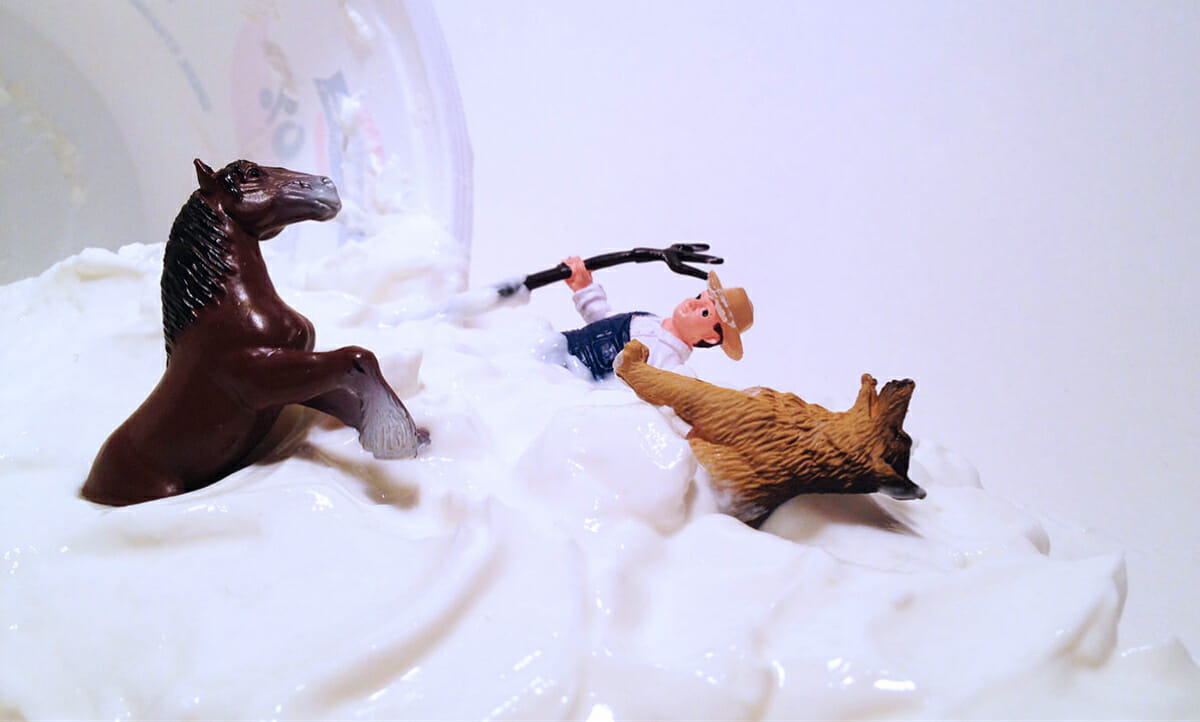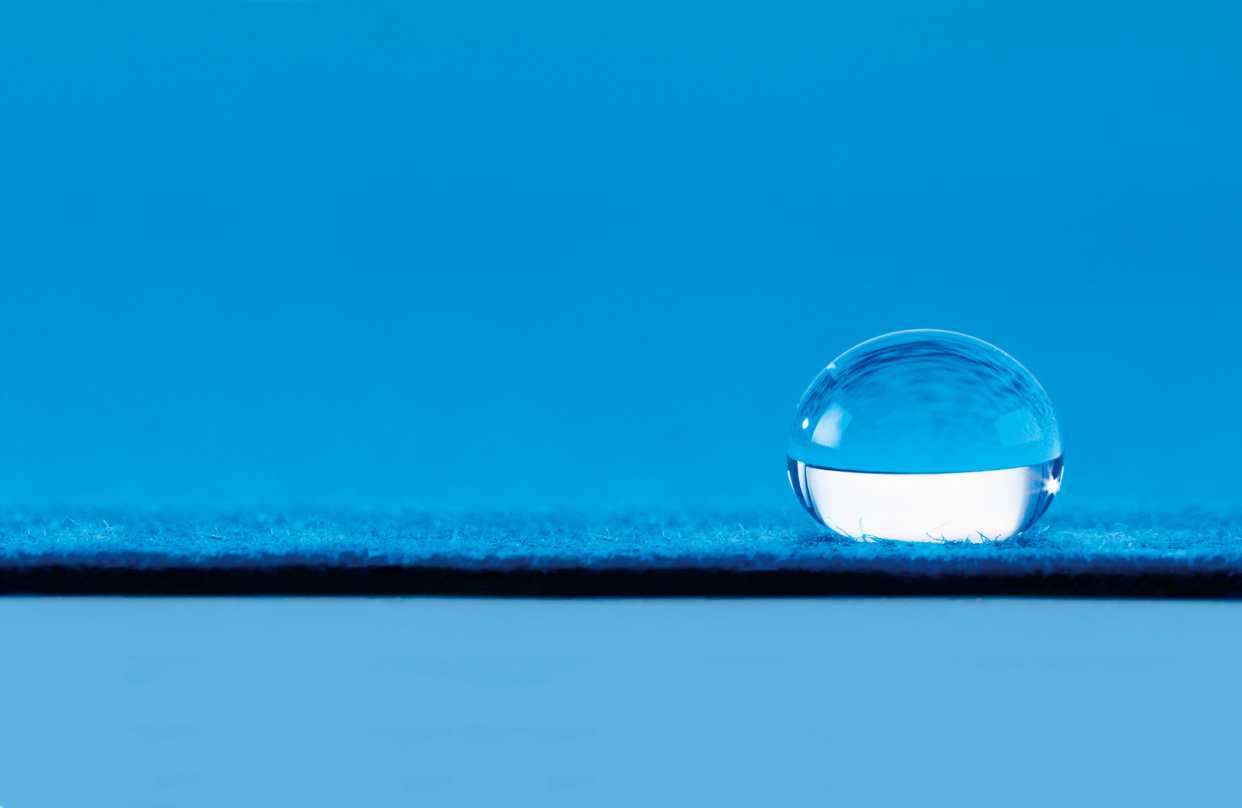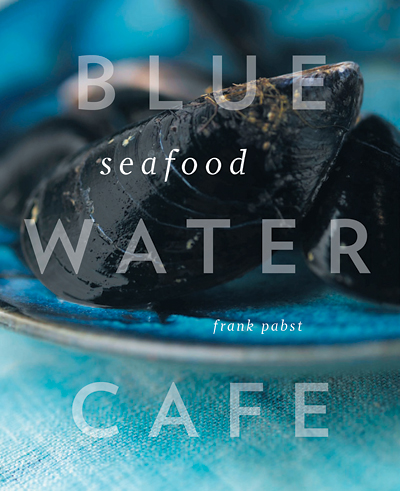Coffee is one of the most consumed beverages in North America. Drinking coffee not only provides substantial health benefits, but also gives us that boost of energy in the morning. At this time of the year, as students, we overdose ourselves with caffeine in preparation for final exams and reports. Because of this, I figured now is the best time to talk about coffee.
 The main purpose of this entry is to tackle the second stage of the waste hierarchy. That way, we can reduce the amount of waste that goes to landfills and incinerators.
The main purpose of this entry is to tackle the second stage of the waste hierarchy. That way, we can reduce the amount of waste that goes to landfills and incinerators.
Coffee beans are typically thrown away after the first brew. Reusing the beans for a second, or third, brew does not give the same taste and kick that we look for. However, there are other functions and uses coffee beans offer apart from giving us an adrenaline rush. Instead of throwing used (or stale) beans in the trash, we can still make use of its qualities for other purposes.
Gardening
Do you have a green thumb? Then coffee is your friend. Coffee beans act as great fertilizers, as minerals keep plants big and healthy. It works best with acid-loving plants, such as tomatoes, carrots, roses, and melons, but also works for regular plants. In addition, coffee also speeds up the composting process. In fact, the filter paper is also compostable!
Insect Repellent
Coffee also serves as a natural insect repellent. Sprinkle some coffee grounds around your plants and insects will not come close to them. Aside from that, you can also use it around your house to keep bugs from coming in. If you have to deal with ants or termites inside your house, this will do the trick.
Cooking
Impress your friends and significant other by making use of coffee grounds to add some kick in your dishes. Use your high-quality espresso grounds with chilli, ice cream, cakes, and steaks. It is a great marinade that gives a smoky flavour. More recipes here.
Deodorizer
Coffee gets rid of unwanted odors. Just like baking soda, placing a bowl of coffee beans inside your fridge will eliminate any bad smell from spoiled foods. It can also be used to remove any smell on your hands when you cook (garlic, fish, onions, etc) by simply rubbing your hands with coffee grounds. Lastly, smelling the beans allows us to distinguish one scent from another. In beauty stores like Sephora, they have several bowls of coffee beans by the fragrance section. It is intended to be sniffed when customers are discerning between fragrances. Ladies, am I right?
There are other uses of coffee, but in essence, used coffee does not mean bad coffee. The purpose of this blog is to inform you of different ways to make use of what we normally think is garbage, and coffee is one of them. With the upcoming organics ban in Vancouver this 2015, it is important for us to start thinking of innovative ways to repurpose our food waste before disposing them. Our consumption behavior is incrementally growing, while our resources are being depleted one by one. Being crafty with waste management is just one part of the solution.
The next time you make your own coffee, think about this blog.


















